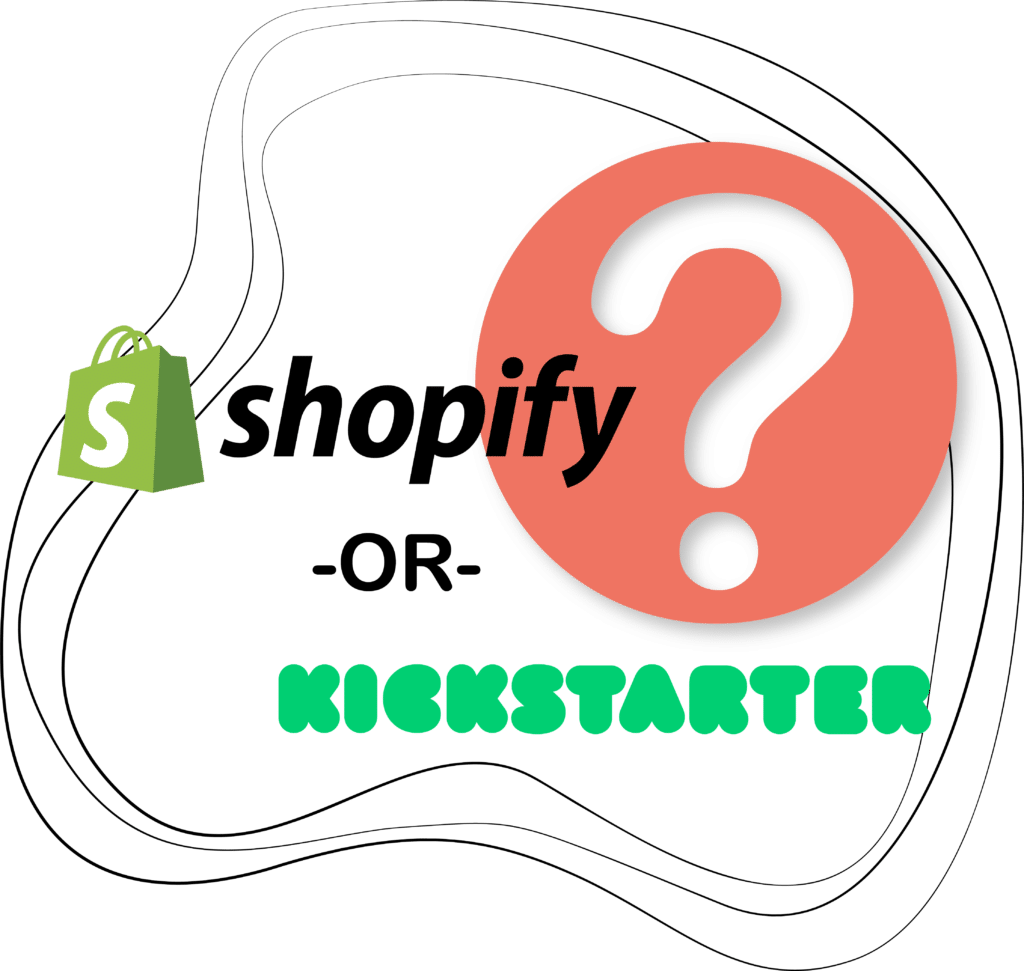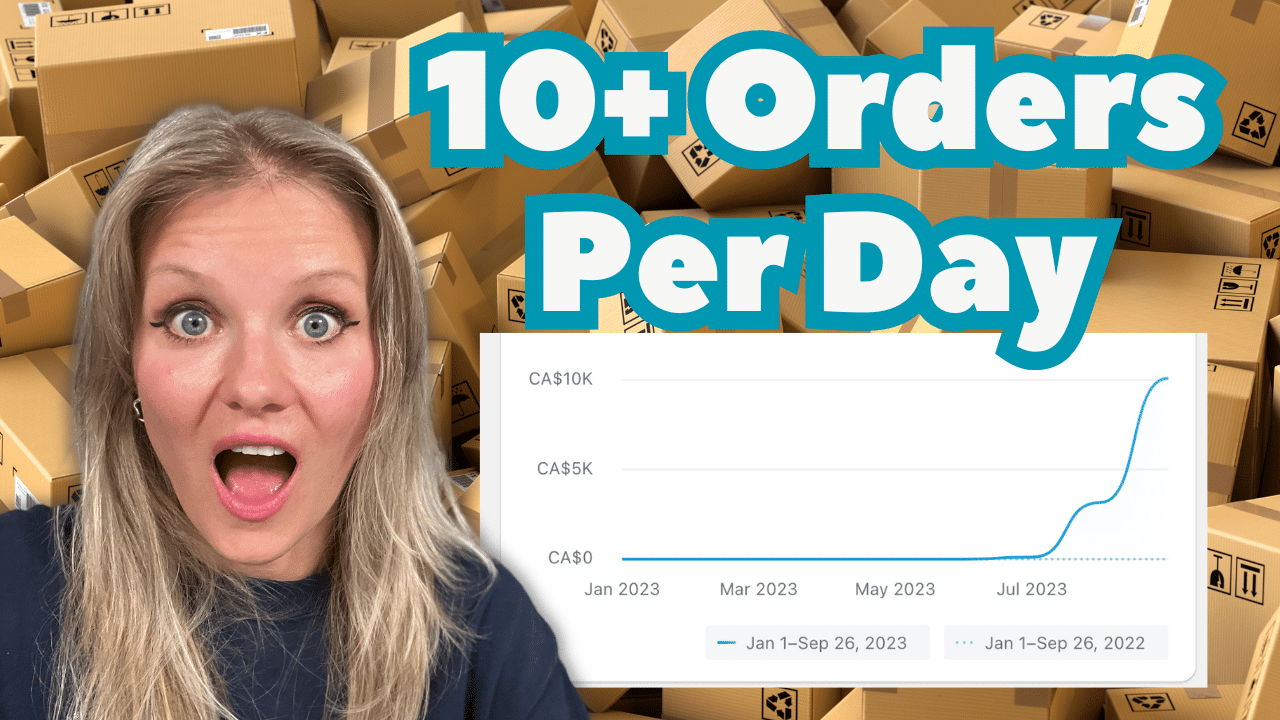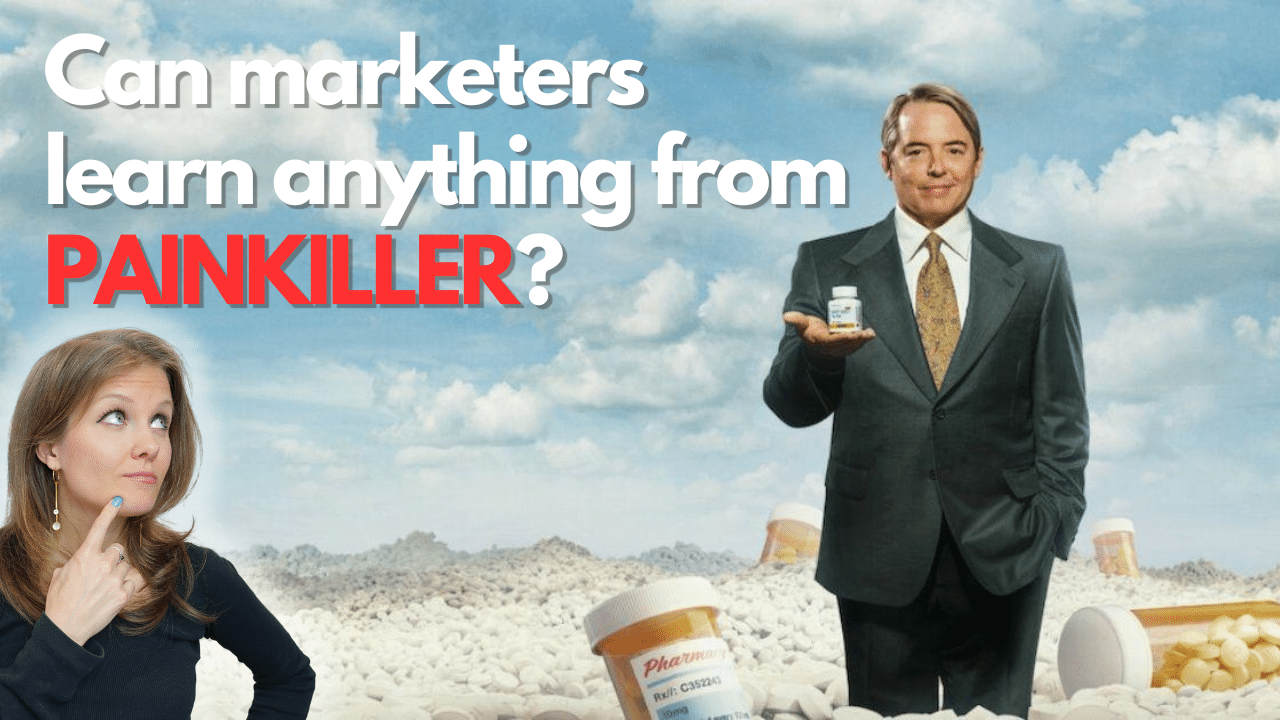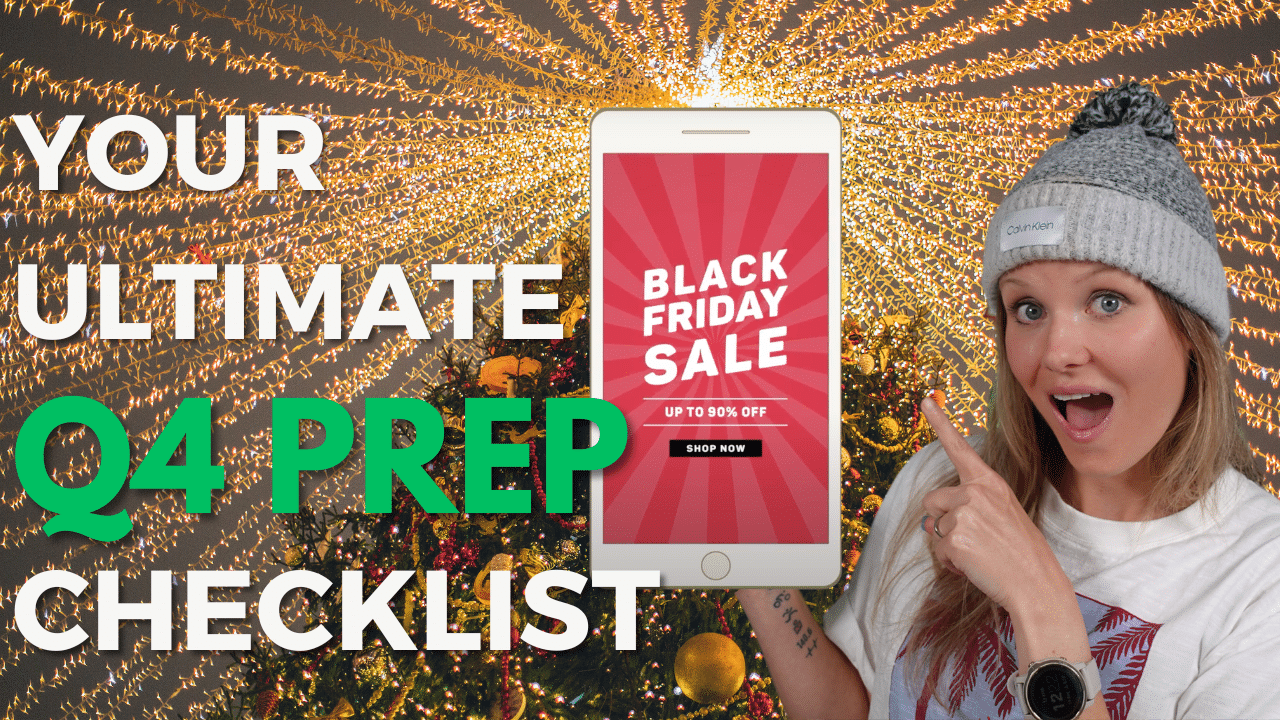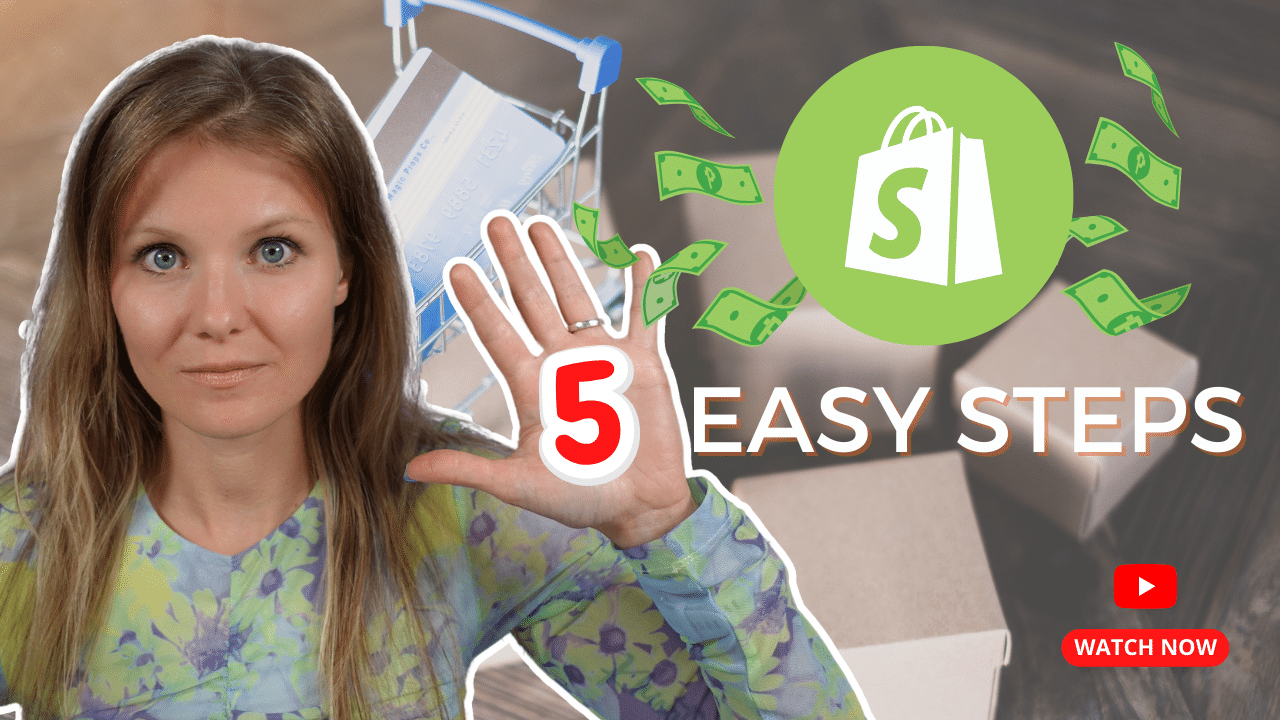
Hey, guys. Welcome to episode one of the Launch and Scale podcast. If you are confused and wondering why there is an episode before this, that is the overview episode. That is a way to give you a flavor of the show and see if this is something that you want to give a shot and listen to. If this is your first time listening to the show, be sure to head over to khierstyn.com/podcast and subscribe to the show, and if you like what you hear, please do leave a review, as it helps other people find the show. If you cannot find my name, it’s probably because you can’t spell it. No one can spell my name properly, but that’s the fun in this. My name is spelled K-H-I-E-R-S-T-Y-N.com. I’m just stoked about this episode. Last week, I emailed the Crowdfunding Uncut family, which is the name of the old brand. That launch and scale evolved too. I asked them what do you want to learn in e-commerce? Here are the name and the topic of the new show Launch and Scale. What is a question you’d like me to cover? Brett Buxton is one of the people that emailed in a question, and actually, his evolved into a two-parter. The meat of his question is covered in episode two, so the next one, which is how to make sure people actually want your product before you sink thousands of dollars into it.
Brett, where he’s at in his product cycle is he is an Amazon seller that is now creating a proprietary product, so a product that is his own. It’s not necessarily a white label product or a commoditized product like on Amazon because he wants to actually build a brand around a product that he owns the IP for. His question had that in there, so I was like that would actually also make a good branch of an episode. I’m going to read his question in episode two because his question is heavily related to product validation and being sure that someone wants your product before you actually go and sink money into it. For this episode though, the question really is do you have a me-too product or do you have a brand? Because frankly, in my mind, I think that you cannot have both at the same time. I think that one should evolve into the other or you make the conscious decision to go with one and grow into it as you go. Let’s start by looking at what a me-too product is.
A me-too product is as it sounds. It’s like a knockoff or it is a white label version of something that’s already selling. If you are someone that wants a me-too product, you would generally go to Alibaba, look for the manufacturer of that product, and then slap your brand name on it and then start to sell that product. With me too products, typically you’ll find them on … in my world, it’s Amazon sellers that start off with the me-too products. There’s nothing wrong with me too. I think it’s an excellent gateway plan to learn the ins and outs of manufacturing and bringing a product to market. It does have its downsides, which we’ll talk about with the what is a brand in a second, but me too products have one thing that I don’t like, and it is a race to the bottom. In my mind, you sell a product or a service based on price or quality. With Amazon, with me too products, unfortunately, it is just so easy to sell based on the price that you, by actually being a best seller in a product, may have another seller come in and undercut your prices because they’ve found a way to manufacture and create your product better and faster.
So, it’s a quick race to the bottom of the price war, which actually is a detrimental long term strategy because if you have a product that’s selling really well and you have healthy margins and everything is great, any day some other seller can come in and undercut your prices in half. Suddenly, they start to take all the traffic that you got, and it’s dangerous because at that point you’re going to be ending up slashing your prices if you are only selling to people that value price over value. With that quick race to the bottom, unfortunately, your prices, you keep slashing them and slashing them and slashing them to a point where you actually barely make any margin or profit off of that product anymore, and suddenly you don’t have a sustainable business because you need margin in the product to be able to actually grow this company. While me too products are, I think, a really great gateway to getting into e-commerce, it’s dangerous in my opinion to stake your whole livelihood and build a business off of me too products because there is the risk of other people undercutting you on price, which is why I’m in the brand category.
Well, a brand in the traditional sense is any product that is manufactured under a specific name. Technically speaking, you could say that me too products, if you have a product with your logo on it, that is also a brand. But, that’s not what I mean when I say that I’m in the brand category. Brand and building a brand is by building a product with an associated name, where that name has quality and a perception of value behind it. A name brand, for example, can be both. A name brand could be Mercedes. A name brand could be McDonald’s, where those names inspire certain feelings inside of you. They inspire a certain image of quality behind it. Whereas your perception of McDonald’s may be crappy food, it could also be a great hangover cure. Whereas if you’re looking for someone who values quality and workmanship in a vehicle, you may not buy the Ford or the Toyota, you may go and buy the BMW, the Mercedes. So, there is a different element of perception of value when you’re actually looking at designing a brand for yourself.
The brand is something where the main objective for the buyer when they buy your product is they are purchasing your product because of the perception of value, which is very different from selling based on price alone, which is when you are focusing on getting into certain product niches on Amazon that sell just because they’re hot markets right now. That’s dangerous because you’re selling based on price versus a brand. When you have a brand, I associate this with having your own website, your own name, your own customer service ethos, and you’re really looking to have a premium product where you stand behind the workmanship, that’s what I mean by brand. To take this a step further, brands focus on the person they are selling to. Let’s look at the difference between that and the product focused.
Whereas with me too products, if you are looking at white labeling something, typically the reason you’re doing that is that you’re looking for an opening in the market where there’s a healthy amount of people buying but a low amount of competition, so it’s a profitable niche for you. At that point, you’re making your decisions on the product purely from this thing is going to sell standpoint. That’s really where a lot of sellers get their start online. While you may have a successful business off of that, if you’re looking at building something more fast growth, long term sustainable, the way to do that is by selling to the person. Let’s look at why that is. Let’s use the example of yoga. If I decide to go into me-too product space online and I’ve identified that thin, lightweight yoga mats are hot sellers right now and there isn’t a lot of competition, I might decide to slap my label, Khierstyn’s Yoga Mats, onto an Amazon product and sell it. However, the downside to that is that when I start to become a best seller in that category, someone else can come in and undercut my prices and sell the same thing for half the price. That is just how it goes. Then, I’ll be constantly competing on price as opposed to perceived value.
Let’s say I then, after that failure, I decide to go and launch khierstynsyogamats.com and this time I choose to not stake my success in all one product, but I decide to use a rebrand as a premium yoga mat where the name Khierstyn has this perception of value. I now can sell my product at a premium price, I can have product guarantees, and then I can now interact with my customers because I decide to do cool health tips via email marketing and choose to really build a relationship with people and use khierstynsyogamats.com to eventually build out a suite of products. The difference with that versus a me-too product is the me-too product really focuses on that one product that can get bombed really quickly on Amazon versus by you looking long term with your product, by associating it with a brand and a website that you own, you can actually do a lot more for the customer and focus on creating products that serve their needs and also being a resource online for them in that space. When I say an online brand, that is the route I mean. Again, downsides with the brand are that it takes some time to build up that trust and credibility. However, you are building your house, essentially, because you’re building something that has longevity, something you own.
You own your customer list and you are not at risk of say, Amazon shutting down your account or getting involved in that price war on Amazon. I wanted to use this episode to really define the difference between me too white label commoditized products versus a brand because ultimately Launch and Scale is about how to brandify your products, essentially, to give you longevity to create something that you can sell, something you own, and something that truly serves the person that you are going after. It really takes your product to a different dimension, depending on really what you’re looking to build with this thing and to see what the right method is for you. Hey, if you aren’t sure what the right approach for you is or if you want to talk about brand strategy and go to market, head over to khierstyn.com/schedule and you can schedule a strategy session with myself or my team. Again, to spell my name, it’s K-H-I-E-R-S-T-Y-N.com/schedule. Apart from that, that wraps up this episode. If you like what you hear, please do subscribe. Email into the show if you have a question that you want covered on a future podcast. We do give shout-outs, as you know. Again, to reach me or our team will be support@khierstyn.com. Apart from that, that wraps up this Launch and Scale episode one, and we’ll see you next time.

